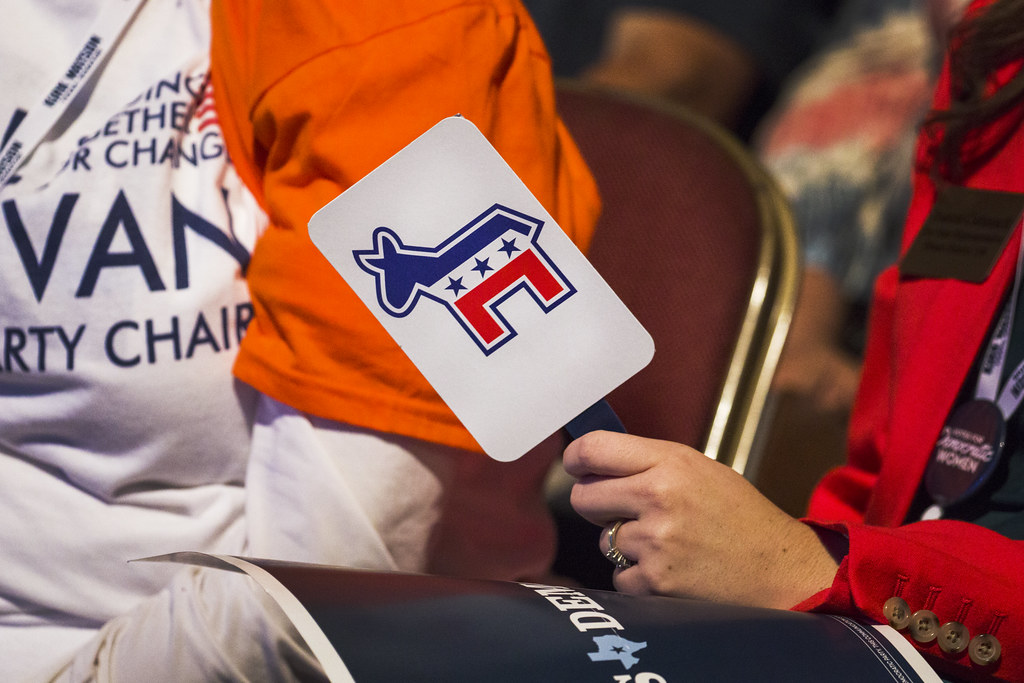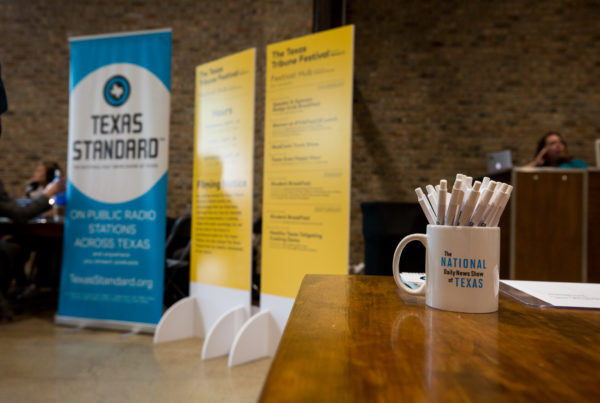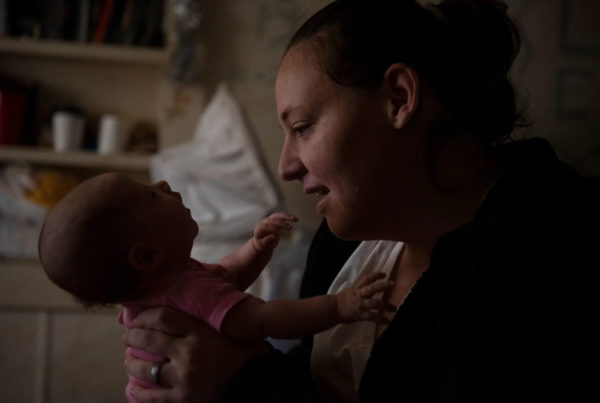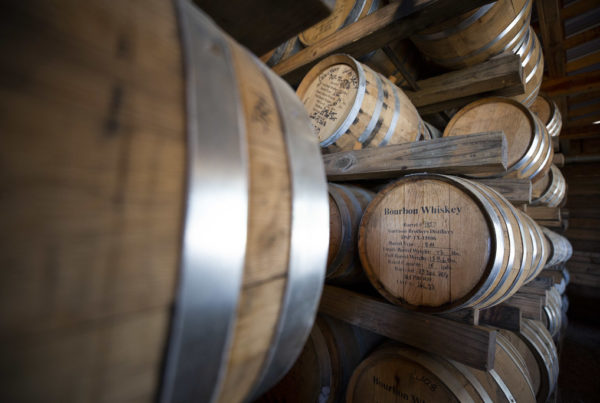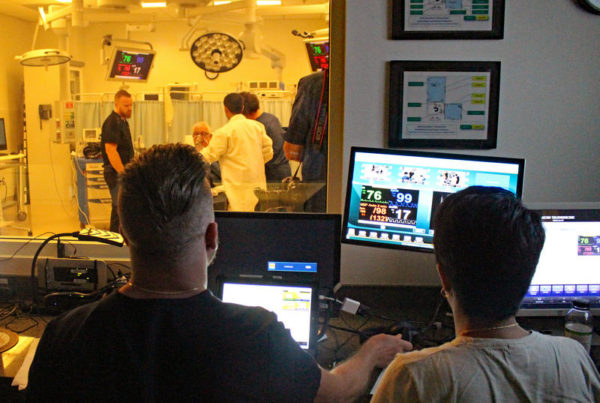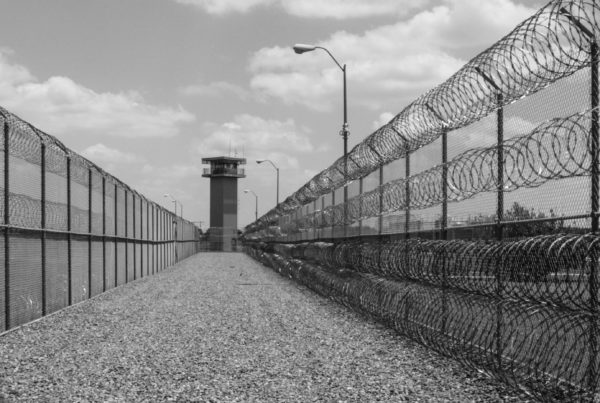Monday was the last day candidates could file to be on the ballot for 2020 primary elections in Texas.
Mark Jones is a professor of political science at Rice University’s Baker Institute. He says so far, many races are competitive.
“Just in the U.S. House alone, for the 36 seats, for the first time in recent history, we have a Republican and a Democrat [candidate] in every single one of the 36 districts,” Jones says. “We have many Republican and Democratic primaries where we have 16, 17 candidates competing for just the one slot of nomination.”
While there are frontrunners in some of these races, Jones says Texas’ runoff system makes it easier for voters to whittle down their top choices. If the top vote-getter doesn’t earn over 50% of the vote in the March primary, they’ll enter a runoff with the runner-up, in May.
In state politics, Democrats are aiming to take control of the Texas House of Representatives. Jones says they need to gain at least nine seats in order to do that. But Republicans are confident they can flip a handful of Democratic districts in their favor.
Democrats are also trying to flip the U.S. House in their favor, and Jones says that means money will pour into Texas to fund candidates – especially those running in about 25 competitive districts.
Republicans are taking the Democratic threat seriously, Jones says. The GOP is recruiting top talent for races where Republicans have a strong chance of winning.
Beto O’Rourke, who some thought might end up running for Senate after he dropped out of the presidential race, decided he won’t challenge incumbent Republican John Cornyn.
“There are a half-dozen very credible Democratic candidates who are already running [who] I think would have been quite upset with him had he done so,” Jones says.
Written by Caroline Covington.


